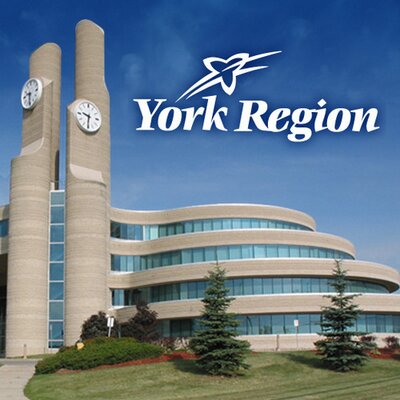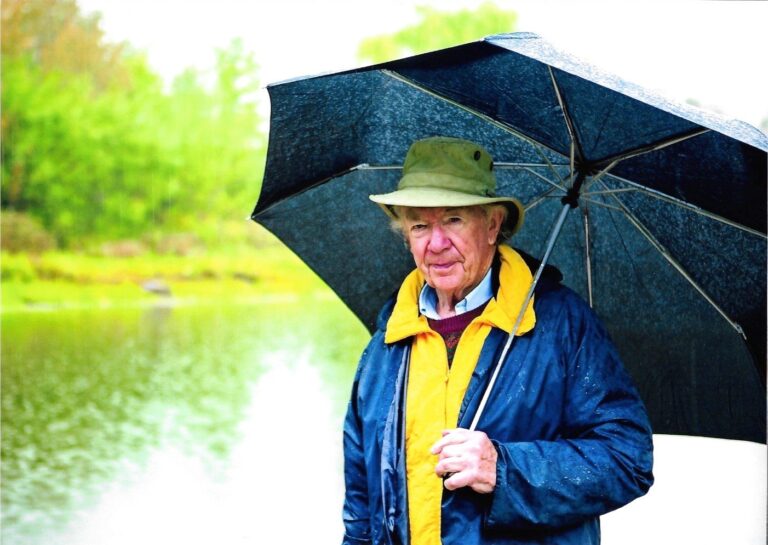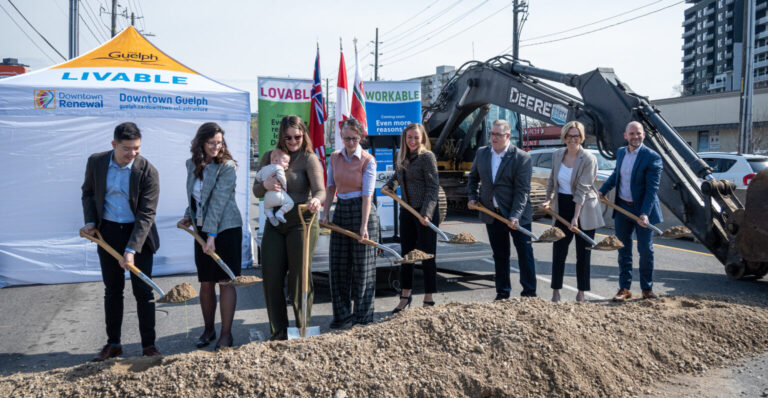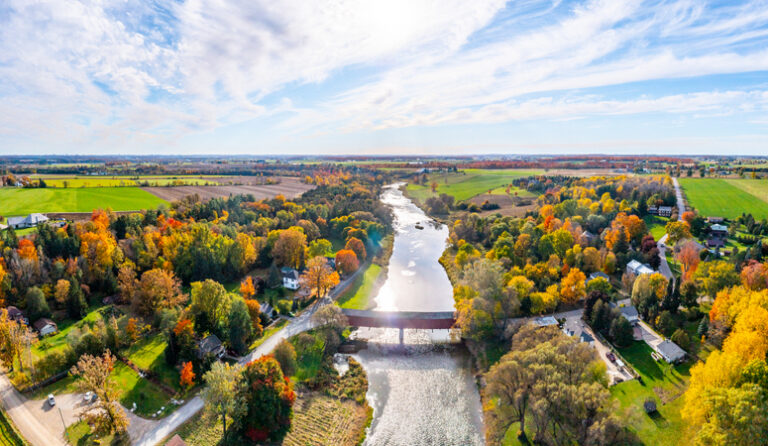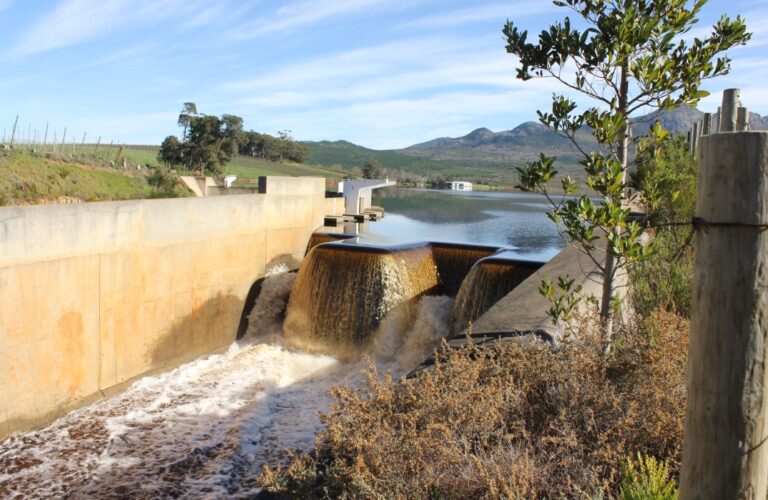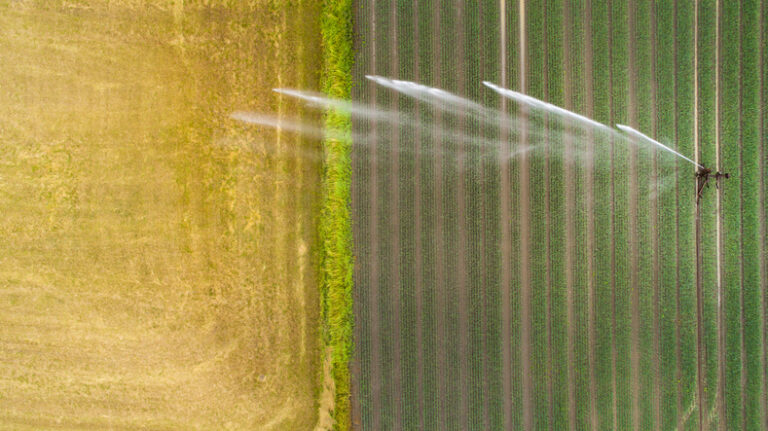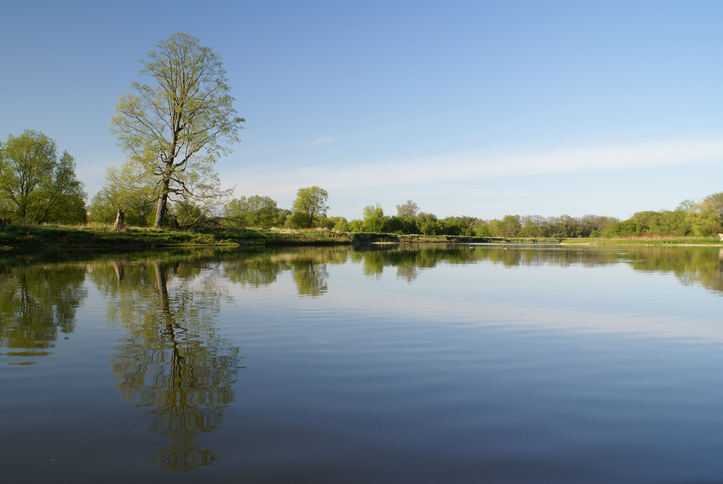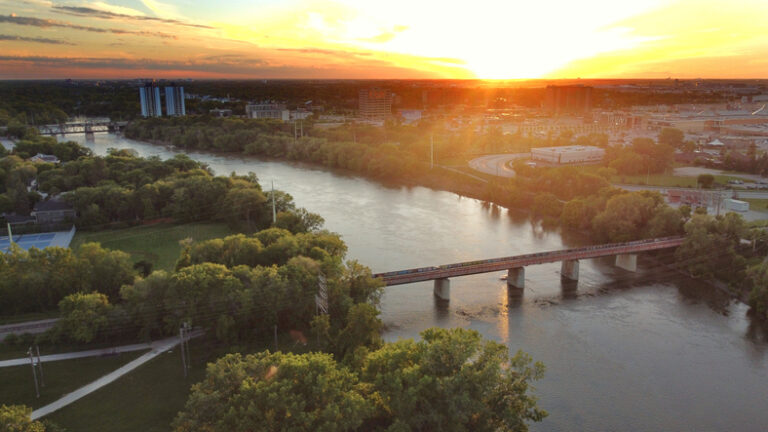York Region is requesting that the Province of Ontario provide it the same revenue raising powers as the City of Toronto to help service future growth and provide for the upkeep of existing infrastructure, including water systems.
“York Region’s revenue-raising powers are currently limited to property taxes, development charges, user fees, fines and penalties, and investment income,” said York Region Chairman and CEO Wayne Emmerson. “However, these will not be enough to fully pay for the cost of growth or to look after our assets in a financially sustainable way. Development charges, while an important source of funding, do not pay for the full capital cost of growth.”
The 2017 Background Study identifies more than $6.5 billion of growth-related infrastructure costs required by 2031, of which, approximately $3.7 billion can be recovered under the 2017 Development Charge Bylaw. In addition, it identifies another $1.5 billion of needed growth-related infrastructure that would require new revenue sources in order to proceed.
The same background study identifies dedicated water and wastewater projects as 37 per cent of capital expenditures through 2031. While projections of water consumption rates have changed since the region’s 2009 document, showing a unit rate drop of more than 20 per cent due to conservation measures, the cost of maintaining water standards are rising.
In recent years, York Regional Council has made a number of decisions to help the Region achieve financial sustainability, which included approving user rates that allow water and wastewater infrastructure to be financially sustainable by 2021.
“Being fiscally responsible means taking the necessary steps now to manage both short and long-term risks,” said Town of Richmond Hill Mayor David Barrow, Chair of Finance and Administration. “We are seeking additional revenue raising powers, like the ones afforded to the City of Toronto, which will allow us to address infrastructure needs, including paying for the share of growth-related projects that are not recoverable through development charges.”
Currently, the City of Toronto through the City of Toronto Act, 2006 has the ability to generate revenue through:
- Municipal land transfer tax
- Personal vehicle registration tax
- Third party sign tax (billboard tax)
- Alcohol tax
- Tobacco tax
- Amusement tax
The Regional Municipality of York consists of nine local cities and towns, and provides a variety of programs and services to almost 1.2 million residents, 50,000 businesses and 595,000 employees. More information about the Region’s key service areas is available at york.ca/regionalservices

